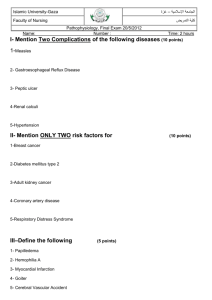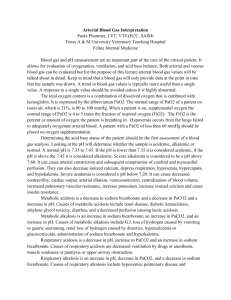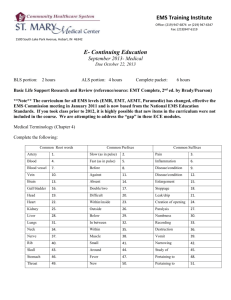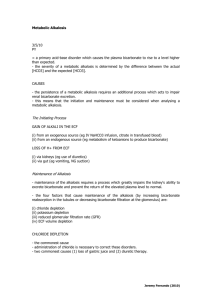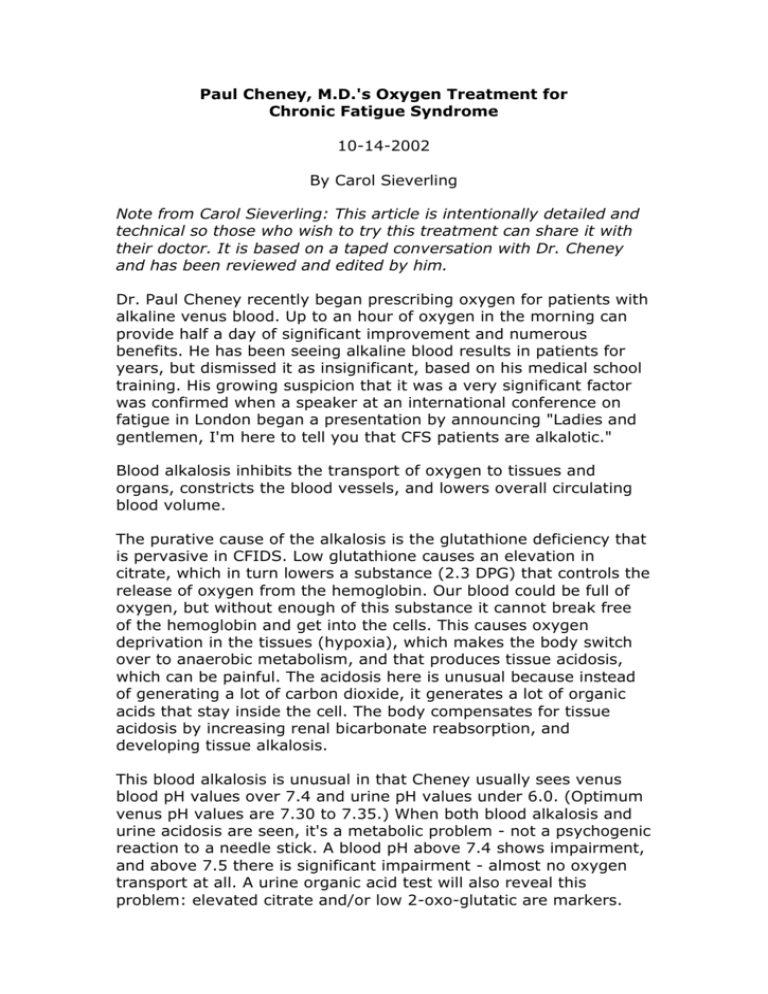
Paul Cheney, M.D.'s Oxygen Treatment for
Chronic Fatigue Syndrome
10-14-2002
By Carol Sieverling
Note from Carol Sieverling: This article is intentionally detailed and
technical so those who wish to try this treatment can share it with
their doctor. It is based on a taped conversation with Dr. Cheney
and has been reviewed and edited by him.
Dr. Paul Cheney recently began prescribing oxygen for patients with
alkaline venus blood. Up to an hour of oxygen in the morning can
provide half a day of significant improvement and numerous
benefits. He has been seeing alkaline blood results in patients for
years, but dismissed it as insignificant, based on his medical school
training. His growing suspicion that it was a very significant factor
was confirmed when a speaker at an international conference on
fatigue in London began a presentation by announcing "Ladies and
gentlemen, I'm here to tell you that CFS patients are alkalotic."
Blood alkalosis inhibits the transport of oxygen to tissues and
organs, constricts the blood vessels, and lowers overall circulating
blood volume.
The purative cause of the alkalosis is the glutathione deficiency that
is pervasive in CFIDS. Low glutathione causes an elevation in
citrate, which in turn lowers a substance (2.3 DPG) that controls the
release of oxygen from the hemoglobin. Our blood could be full of
oxygen, but without enough of this substance it cannot break free
of the hemoglobin and get into the cells. This causes oxygen
deprivation in the tissues (hypoxia), which makes the body switch
over to anaerobic metabolism, and that produces tissue acidosis,
which can be painful. The acidosis here is unusual because instead
of generating a lot of carbon dioxide, it generates a lot of organic
acids that stay inside the cell. The body compensates for tissue
acidosis by increasing renal bicarbonate reabsorption, and
developing tissue alkalosis.
This blood alkalosis is unusual in that Cheney usually sees venus
blood pH values over 7.4 and urine pH values under 6.0. (Optimum
venus pH values are 7.30 to 7.35.) When both blood alkalosis and
urine acidosis are seen, it's a metabolic problem - not a psychogenic
reaction to a needle stick. A blood pH above 7.4 shows impairment,
and above 7.5 there is significant impairment - almost no oxygen
transport at all. A urine organic acid test will also reveal this
problem: elevated citrate and/or low 2-oxo-glutatic are markers.
The really terrible thing is the presence of a vicious cycle. The blood
alkalosis further lowers the levels of 2.3 DPG (inhibiting the release
of oxygen), causing tissue hypoxia, which causes tissue acidosis
and pain, which then causes blood alkalosis, which lowers 2.3 DPG
even further. And around and around we go.
The ultimate treatment for this situation is Immunocal or IMUPlus,
the undenatured whey protein supplements that help restore
glutathione. However, some patients cannot afford this, and it does
not work on all patients. An immediate solution to the oxygen
transport problem is to use a partial rebreather mask set at 35 to
40% FIO2 (Fraction of Inspired Oxygen), which requires a flow rate
of about 10 liters per minute. Try to do an hour a day, broken into
one, two or three sessions. You can do more than one hour a day,
but do not do more than one hour at a time. Do not breathe heavily
- breathe normally. Most CFS patients have headaches, and this can
help those headaches. If the prescription is written for headaches,
insurance may cover it. One hour of oxygen a day on a partial
rebreather can run $75 to $100 a month.
Oxygen through nasal prongs will not work. Oxygen alone in a mask
will not work. It has to be a parietal rebreather mask, which has a
bag attached. This allows you to rebreathe your expired carbon
dioxide along with the oxygen that is flowing into the mask.
Breathing increased levels of both CO2 and O2 at the same time is
essential. The CO2 breaks the cycle. It corrects the alkalosis and
frees the O2 in your blood to move into your cells. With proper
functioning, vessels dilate and you start perfusing your brain and
tissues, bringing out the toxins and brining in the nutrients. Raising
oxygen levels will also help kill off yeast and other pathogens. Lack
of oxygen allows them to multiply.
It is important to the function of the rebreather that the bag
contract and expand with the breathing cycle. It can fully expand
when you exhale, but it must collapse when you inhale, though no
more than two-thirds . It's not working properly otherwise. If the
flow rate is too high (usually above 10 I.pm) the reservoir bag will
remain expanded during the entire breathing cycle and there will be
insufficient rebreathing of CO2. If the flow rate is too low, the
reservoir bag will collapse fully when breathing in. It must not
collapse more than two-thirds. if the bag will not collapse well,
check for leakage around a poor fitting face mask. The openings on
the mask near the nose can be left open, or fitted with the rubber
disks that turn the openings into one-way valves. An open mask has
less rebreathing potential. With one-way valves, the CO2
rebreathing potential is increased.
The speaker at the London fatigue conference sends his patients to
breathing experts like Teresa Hale, who wrote Breathing Free. Most
patients are walking around over breathing and thus becoming
more alkaline. Learning to under breathe properly can help address
the alkalinity of the blood and improve oxygenation.
Two problems can be seen in some patients on a rebreather mask:
1) Rapidly correcting blood alkalosis or overcorrecting (that is,
acidosis) can provoke vasodilatation. If there is significant blood
volume contraction some patients may become hypotensive and
feel dizzy or faint. Taking oxygen lying down and expanding the
blood volume with an isotonic electrolyte drink such as Gookinaid
ERG (Electrolyte Replacement with Glucose), found at
http://members.aol.com/Gookinaid/ 800-283-6505 can prevent
this. Reducing the time spent on the mask rebreather will also
address this problem.
2) Patients with a history of migraine may provoke a migraine in the
moments just after going after going off the rebreather. Again,
expanding blood volume and reducing the time on the rebreather
can help with this side effect.
© Carol Sieverling. Source: http://virtualhometown.com/dfwcfids.
All rights reserved.

